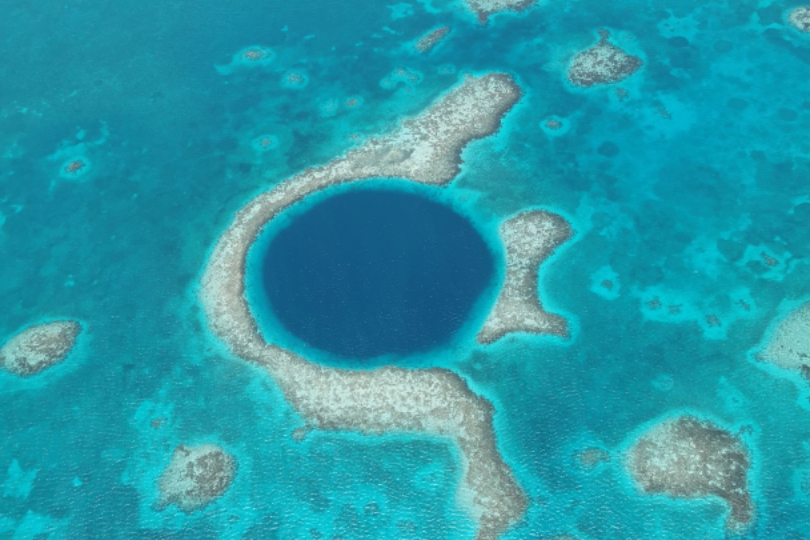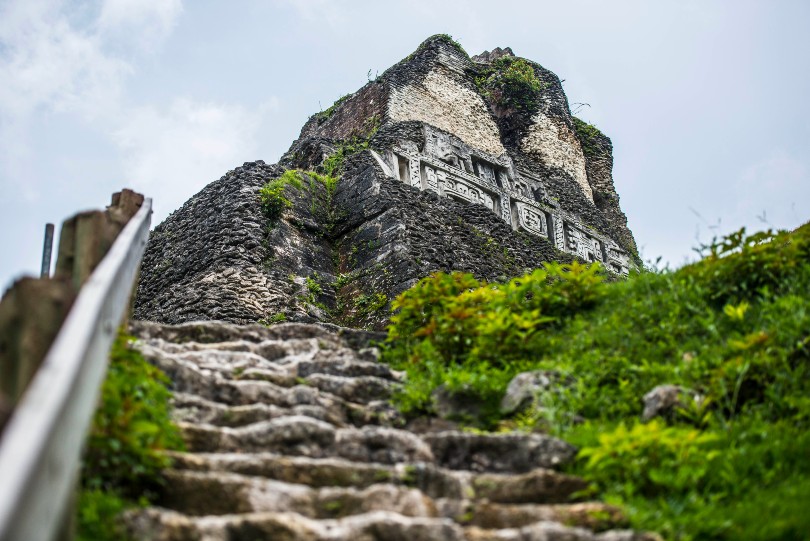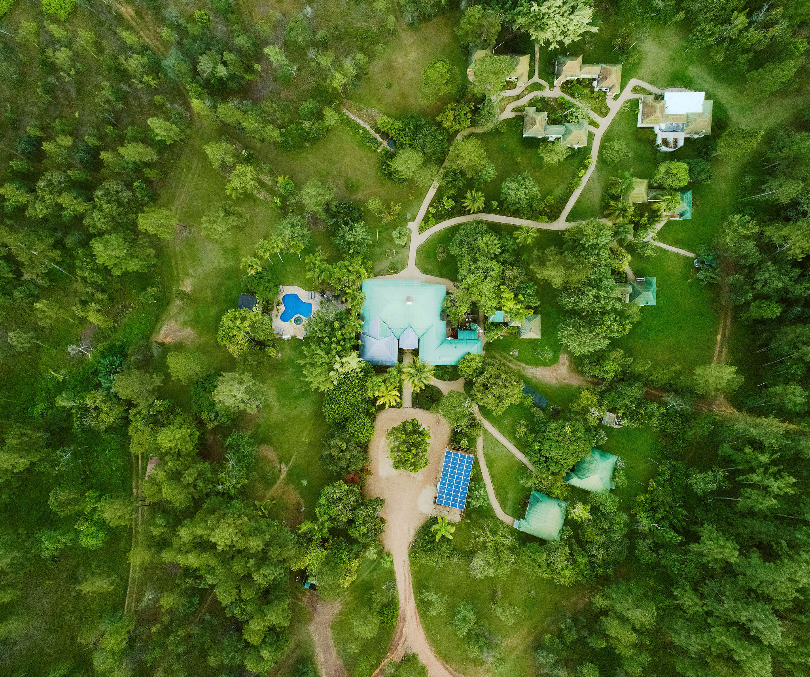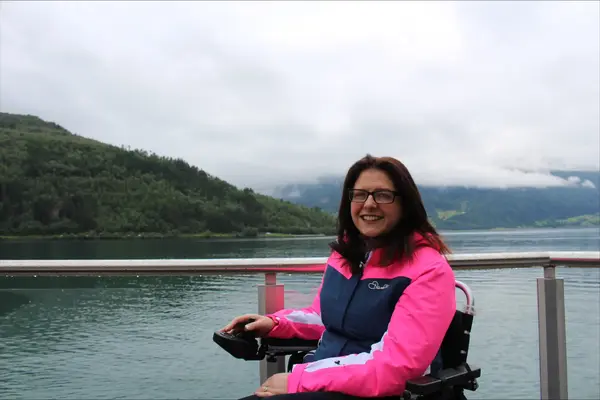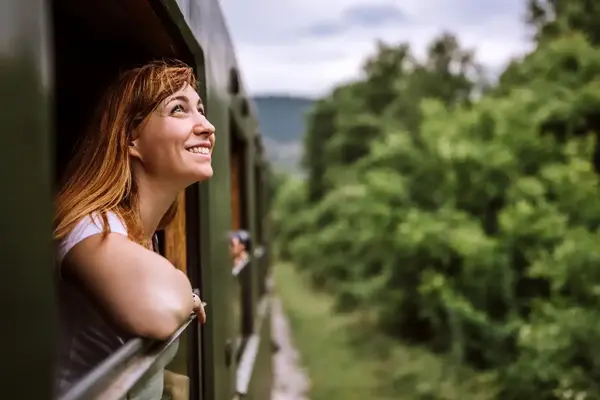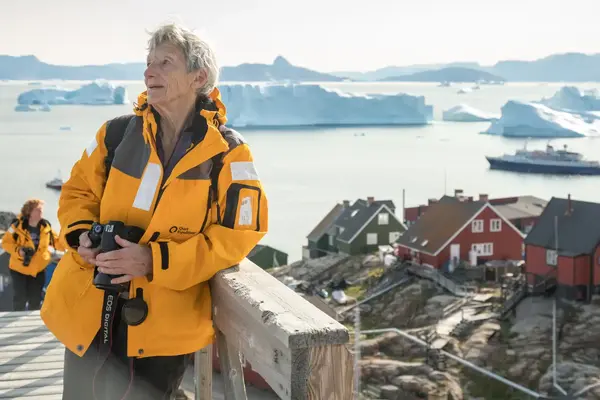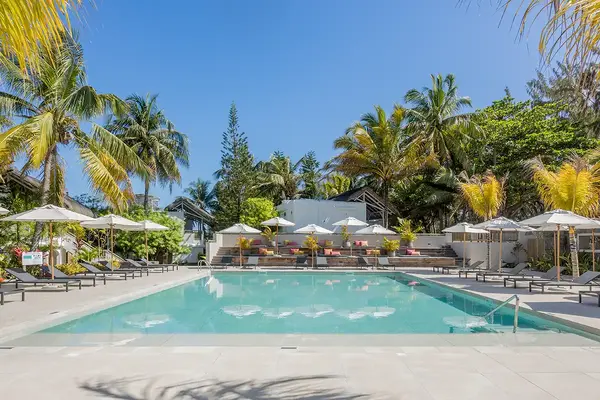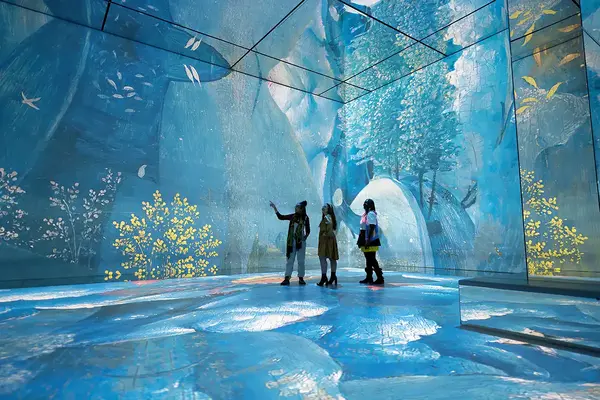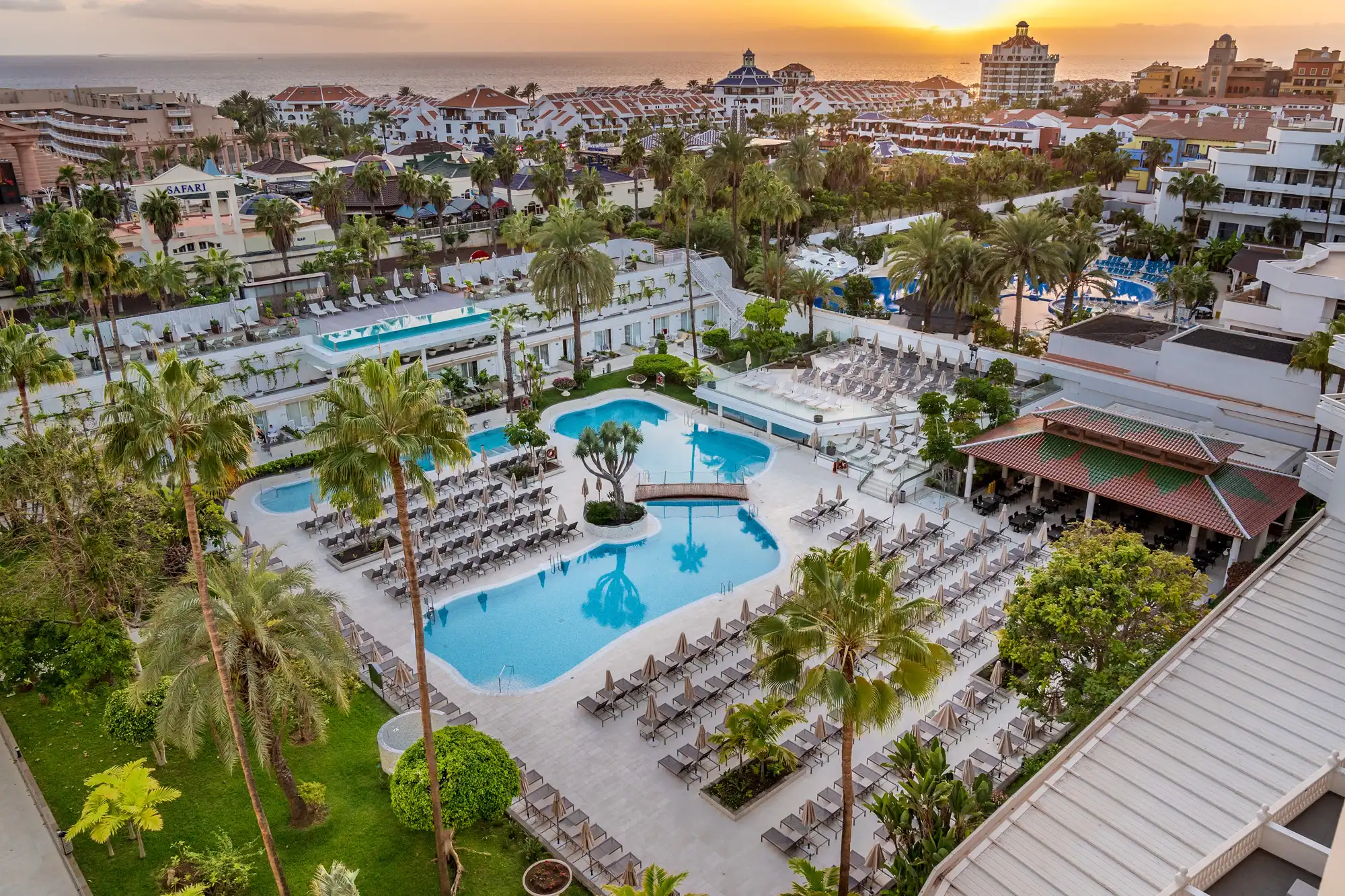Diving deeper into Belize's eco-tourism activities
Belize is making big strides when it comes to responsible tourism, which is a blessing as it has many natural assets that need protecting
The slight chill in the air gives me goosebumps as we wade waist-deep in an underground river, eyes wide as we take in the magnificent glittering stalactites and stalagmites. “You want to see without the light?” asks our guide, prompting nervous gasps among our ragtag group of amateur cavers. “Let’s turn our headlamps off,” he says and we dutifully obey until, click, the last light goes out.
I try desperately to see – to no avail. It’s pitch black, and all I can hear is the gentle burbling of the stream. I expect claustrophobia to hit, but instead a strong sense of peacefulness and calm washes over me, as if I’d been meditating all day and had not just, in fact, been hiking and scrambling over rocks for almost three hours.
This must be the magical effect of the Actun Tunichil Muknal, better known as the ATM Cave, a vast geological wonder in Belize used by the ancient Maya people as a sacred burial site. Today it is a museum and houses Mayan artefacts and the skeletal remains of human sacrifices, including the Crystal Maiden, the most intact of them all.
This mystical excursion may be on the more adventurous side, but those who dare will be rewarded with a unique, ethereal experience – a fitting introduction to small yet mighty Belize.
Protect and conserve
When it comes to nature, this South American nation packs a punch. On land, 61.1% of unexploited rainforest sprawls over the country, while its coastline boasts around 200 miles of unspoilt barrier reef – second only in size to Australia’s – and is a Unesco World Heritage Site. So it really matters why conservation is high on the agenda.
“Sustainability is something that’s ingrained in our societal DNA,” says Debbie Gilharry-Arana, travel trade specialist at the Belize Tourism Board. “We have always been a destination that protects our natural resources. More than 40% of our land mass is protected as national parks, wildlife sanctuaries and reserves; we were already ahead of the game with this even before Covid.”
One of the latest eco-initiatives is the Wit Concrete site in the Turneffe Atoll Marine Reserve, 20 miles east of Belize City. To get a glimpse we head from our rainforest haven Hidden Valley Inn to our new base at Caye Caulker, a tiny laid-back island where you’re encouraged to “go slow” and walk around without shoes. Even our hotel is called Barefoot Caye Caulker.
Wit Concrete is a 375-foot Second World War vessel formerly used for sugar transportation, which has been sunk and reincarnated as a home to marine life and a major new attraction for dive enthusiasts.
The Turneffe Atoll Sustainability Association manages the project. Executive director Valdemar Andrade says: “By choosing to go to Turneffe, guests are not only on vacation, they’re contributing towards conserving marine biodiversity and preserving one of the great places on earth.”
Unfortunately for us, rough seas scuppered our chances of visiting the site. But we could still follow in the flippers of the Duke and Duchess of Cambridge, who earlier this year went diving in Belize and hailed the country’s commitment to protect 30% of its marine environment by 2030.
The next day, we set out with Ragga Sailing Adventures to explore Hol Chan Marine Reserve. Along the way we learn that every tourist boat must check in to be verified at the marine station. If you were a large ship that happened to drop anchor on the reef, you’d be slapped with a £400,000 fine.
Like the ATM Cave, snorkelling here feels like an otherworldly experience. No wonder Hol Chan is billed as one of the best sites for this as we come face to face with not just three different species of snapper, hogfish and barracuda but also green sea turtles, the friendliest nurse sharks and acres of beautiful, pristine coral gardens.
View from above
The highlight for me, however, was not in the water but up in the air. Out towards the Lighthouse Reef Atoll is the enigmatic Great Blue Hole, a humongous limestone sinkhole 300 metres wide and 125 metres deep that can be seen from outer space. Our flyover tour swoops high and low above it in gentle figures of eight, ensuring the best views of the natural phenomenon, which adorns the barrier reef like a sapphire brooch. Divers are also drawn to it for its startlingly clear waters, allowing for maximum visibility of its myriad cave formations and peek-a-boo marine life.
Back on land there is much to explore, but a visit to Belize would not be complete without paying tribute to the ancient civilisation that preceded it – the Mayas.
One of the greatest examples of their rule can be explored at the Xunantunich Archaeological Site. Originally built in 400AD on a limestone ridge, it became a sprawling complex over the centuries comprising six plazas and 25 temples, the tallest of which is the 40-metre El Castillo, or The Castle. It’s well worth climbing up the steep steps to take a closer look at the intricate carved friezes on each side, which are said to represent astrological symbols. At the platform, I take in the unrivalled views and peer at Guatemala in the distance. I feel like I’m on top of the world.
As the breeze blows, goosebumps prickle my arms and that familiar feeling of utter serenity washes over me. I think I know what it is now. It must be Mayan magic.
Book it: Journey Latin America offers a six-day holiday to Belize, staying two nights’ B&B at Hidden Valley Inn and three nights’ B&B at Barefoot on Caye Caulker from £1,580pp. Price includes international flights, transfers and excursions. journeylatinamerica.com
Belize snapshot
Smarter: Suggest clients visit Belize during the dry season, from January to May. June to December is the wet season and, as it lies on the hurricane belt, is liable to storms. For more selling tips plus a trade rewards scheme and fam trip incentives from the Belize Tourism Board, see travelbelize.org/travel-trade
Better: While clients can enter Xunantunich Maya Site without a guided tour, elevate their experience by suggesting a cycle tour to the site, which includes a knowledgeable guide for valuable local insight (journeylatinamerica.com).
Fairer: Hidden Valley Belize, located in the Mountain Pine Ridge in the Cayo District, is ideal for an off-the-grid bolthole. It even has a hot tub powered by solar panels. Doubles start from £200 per night in low season (hiddenvalleyinn.com).
